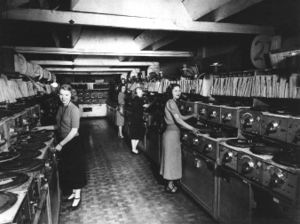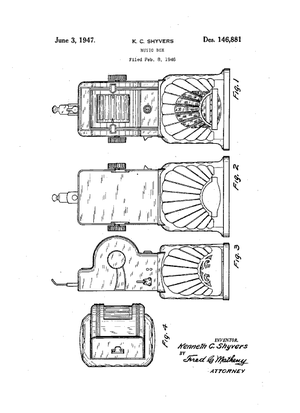Magic Lantern
Contents
Debated Origins
The beginnings of the magic lantern trace back to 1588, when Italian scholar, Giovanni Battista Porta, discovered a simple projection method. Porta’s projection involved sketching a design on the surface of a mirror, which was reflected by the sun onto a white wall or screen (Barnes, 8). A few decades later, Jesuit, Athanasius Kircher based in Rome, took Porta’s idea to an improved level in his book Ars Magna lucis et umbrae in 1646, where he describes several different projection methods with mirrors and lenses like Porta. Similarly, Kircher used a painted subject projected on a mirror, but instead of using the sun’s reflection, he used a magnifying lens, which enlarged the image on the screen. Kircher also figured out that creating reversed text to be reflected on the mirror would appear as it should on the screen or wall on which it was being projected. In addition to these discoveries, Kircher also illustrated a device that would show a series of images by reflection, utilizing an octagonal drum with several painted images rotated by handle (9). One of the devices that Kircher describes in Ars Magna, the lucerna capotrica, was confused for the magic lantern and lead to the crediting of Kircher as the inventor of the magic lantern. According to John Barnes’ History of the Magic Lantern, there is no evidence that Kircher explicitly knew whether or not his invention was a magic lantern. However according to various pieces of evidence before Kircher’s clear articulation of the magic lantern in the second edition of Ars Magna, the inventor of the magic lantern is either Dutch physicist Christiaan Huygens or Danish mathematician Thomas Ramussen Walgensten. Huygens appeared to have been working on a lantern for representations of paintings in a darkened room through various letters with his brother Ludwig in 1662, while Walgensten had been referenced as developing a magic lantern in several letters between Huygens and French scientist Pierre Petit in 1664. Walgensten however also is said to have demonstrated the magic lantern across Europe in Paris, Lyons, Rome, and Copanhagen. Whether or not Walgensten was the true inventor of the magic lantern, he is certainly responsible for spreading it (13).
History of the Coin-Operated Phonograph

Development of Telephone Line Broadcasting Systems
A Centralized Music Library
